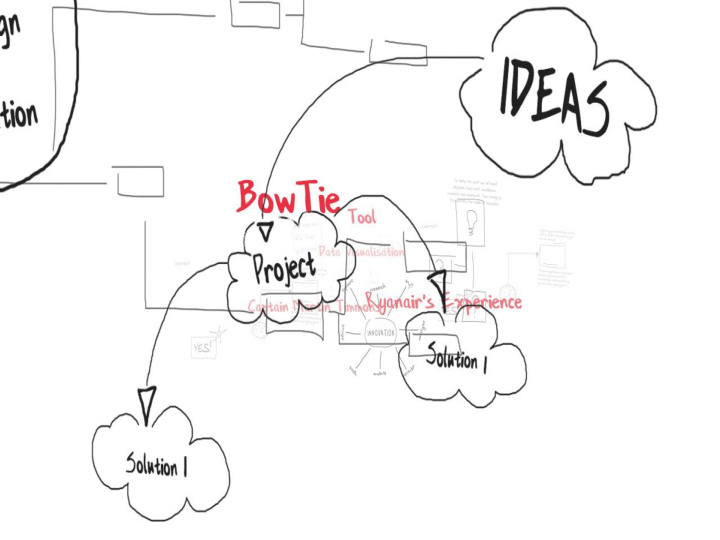



• 74 bases • 195 airports • 31 countries • 1,600+ routes • 104m c’mers p.a. • 320 x B737- 800’s • 380 ordered 3
Ryanair Key Operational Risk Areas
“95% of spiders in your house have never been outside”
SMS - Four Key Components Safety Policies and Objectives Safety Risk Management Safety Assurance Safety Promotion
SMS Mental Model SMS
Hazard Identification
Mitigation of Risk
Hazard Identification
“Without data, you don’t have an SMS” Captain D Maurino Safety Management Advisor, ICAO
BIG DATA BIG DATA & ANALYTICS
UNSTRUCTURED ANALYSIS DATA STRUCTURED BETTER DECISIONS
ANALYTICS Descriptive Predictive Prescriptive
Should you get a dog, cat, or goldfish (or should you stick with houseplants for now) ? Garth Sundem – Geek Logic
1 Forming the basic Bow-Tie a Identify the Hazard b Identify Top Event c Identify Threats d Identify Consequences e Identify Preventive Barriers f Identify Recovery Barriers g Identify Escalation Factors Assessing the Basic Bow Tie – Continual Action 2 a Establish Accountability of barriers b Assess effectiveness of barriers (including Escalation Barriers) – How? Use Subject matter expert knowledge & data) Data include Safety net reports, LASGs, Post A query, Boeing Bulletins, BI’s & industry reports. Categorise barriers by type & identify critical barriers – critical in context of Bow c Tie means it only requires this barrier to fail to incur loss of control of the event. d Validate/Test Bow-Tie on events to ensure all basic features are captured – review a BI, MEDA or Gops BI in conjunction with Bow-Tie applicable to that incident. 3 Enhancing the Assessed Bow-Tie - Continual Action a Identify Key Performance Indicators of Critical barriers - Leading indicators
– – matter expert knowledge & data) Data include Safety net reports, LASGs, Post A query, Boeing Bulletins, BI’s & industry reports. Categorise barriers by type & identify critical barriers – critical in context of Bow c Tie means it only requires this barrier to fail to incur loss of control of the event. d Validate/Test Bow-Tie on events to ensure all basic features are captured – review a BI, MEDA or Gops BI in conjunction with Bow-Tie applicable to that incident. 3 Enhancing the Assessed Bow-Tie - Continual Action a Identify Key Performance Indicators of Critical barriers - Leading indicators - Lagging indicators b Identify actions to improve weak barriers 4 Communicating the enhanced Bow-Tie - Continual Action a Communicate to frontline staff through appropriate means b Communicate to industry by information sharing and participation in workshops. c Schedule Monthly meeting of Bow-Tie User Group 5 Advancing the Communicated Bow-Tie - Continual Action a Simplify model for ARMs Event Risk Classification (ERC) communication b Validate/Test Bow-Tie on events for ERC result
EA SA – FA A Int erna t ional Av ia t io n Sa f et y C o nf erence
Recommend
More recommend